Alternative views: Harry Winston’s Kaleidoscope collection
New York jeweller presents new vibrant designs
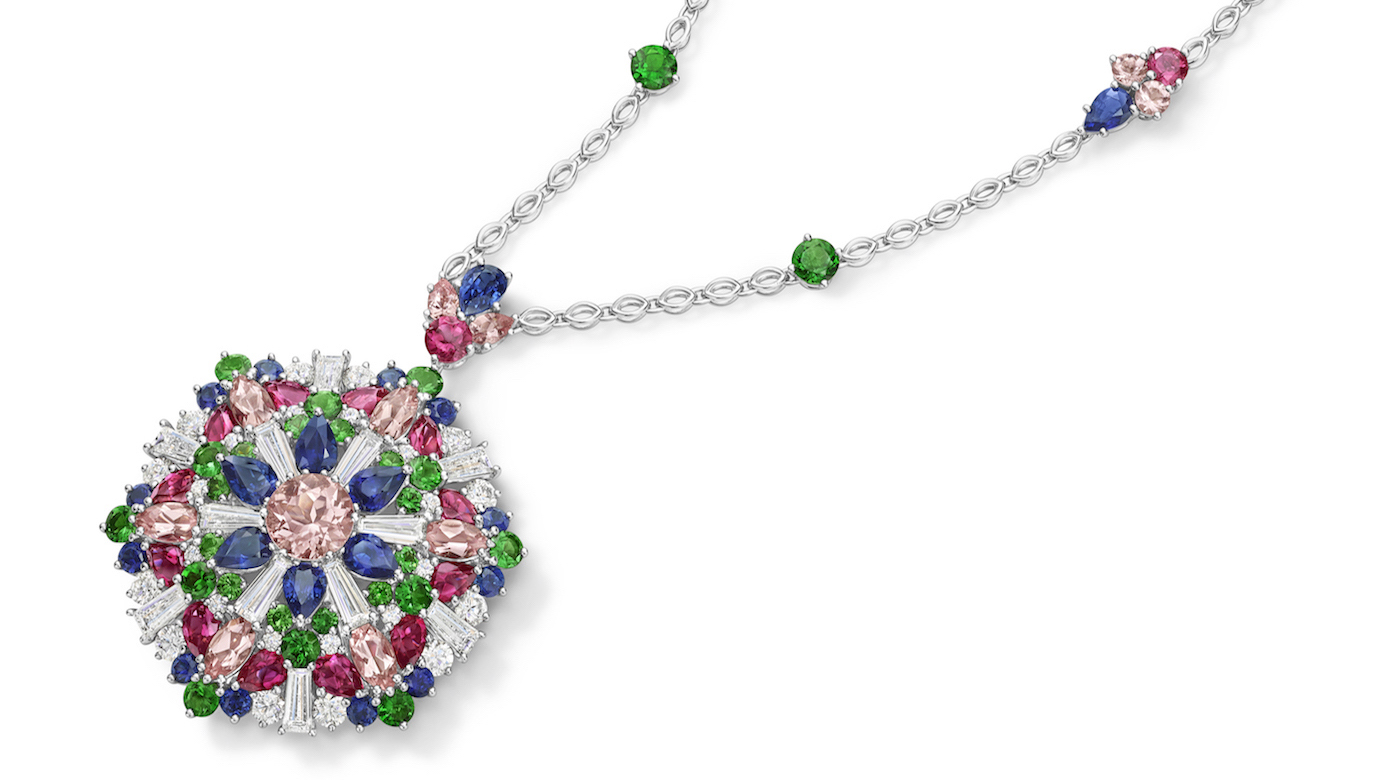
Legendary American jeweller Harry Winston found inspiration in the everyday: such was his love for rare finery he reportedly saw jewels everywhere.
In the 1990s, this fervent approach to his metier inspired the creation of the Ultimate Kaleidoscope: issued as a limited edition, the precious object gave a glimpse of Winston’s gem-set perspective. Three decades later, the Manhattan company’s high carat creation and its play of vibrant ever-hanging patterns has given shape to the Winston Kaleidoscope Collection, which counts timepieces (choose from five high jewellery and six premier models) and 32 dazzling pendants.
Finished in three sizes – small, medium and large – pendants reimagine Kaleidoscope formations of light, colour and dazzle in many-coloured morganite, aquamarine and sapphire formations; all are centred on long sautoir-style necklaces that sparkle with corresponding gems.
The Week
Escape your echo chamber. Get the facts behind the news, plus analysis from multiple perspectives.

Sign up for The Week's Free Newsletters
From our morning news briefing to a weekly Good News Newsletter, get the best of The Week delivered directly to your inbox.
From our morning news briefing to a weekly Good News Newsletter, get the best of The Week delivered directly to your inbox.
Of ephemeral beauty, the marque’s technical know-how makes each pattern look like a chance configuration of precious stones. “Harry Winston is known for its iconic clustering technique, in which the stones are set in minimal metal, and arranged at varying angles, in order to maximise a stone’s brilliance,” explains Nayla Hayek, CEO of Harry Winston, Inc. “With this collection, we wanted to maintain the principle behind the clustering technique, but had to adapt it to suit the design of the Kaleidoscope motif.
“In order to do this, the challenge was to make sure the individual stone shapes fit perfectly together without any gaps, and that they were arranged in a three-dimensional display, so that the pattern was visible, accentuated and had extreme depth, which allowed each individual stone to sparkle with the utmost brilliance.”
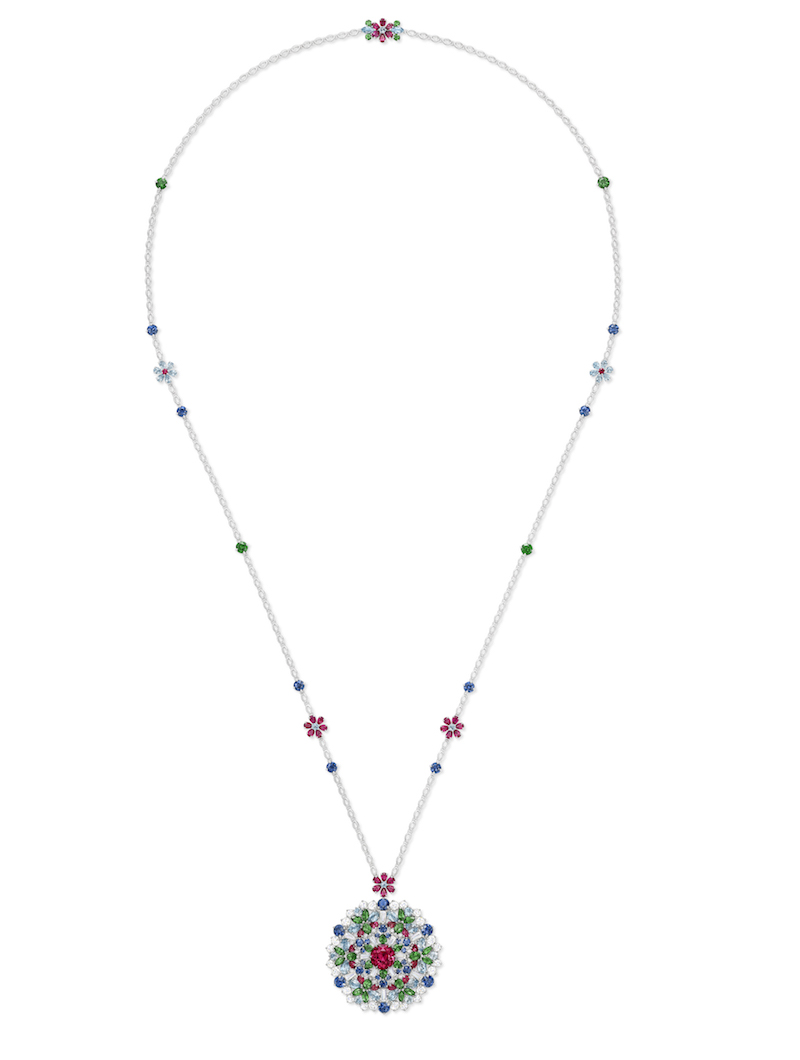
A free daily email with the biggest news stories of the day – and the best features from TheWeek.com
-
 Sport on TV guide: Christmas 2022 and New Year listings
Sport on TV guide: Christmas 2022 and New Year listingsSpeed Read Enjoy a feast of sporting action with football, darts, rugby union, racing, NFL and NBA
-
 House of the Dragon: what to expect from the Game of Thrones prequel
House of the Dragon: what to expect from the Game of Thrones prequelSpeed Read Ten-part series, set 200 years before GoT, will show the incestuous decline of Targaryen
-
 One in 20 young Americans identify as trans or non-binary
One in 20 young Americans identify as trans or non-binarySpeed Read New research suggests that 44% of US adults know someone who is transgender
-
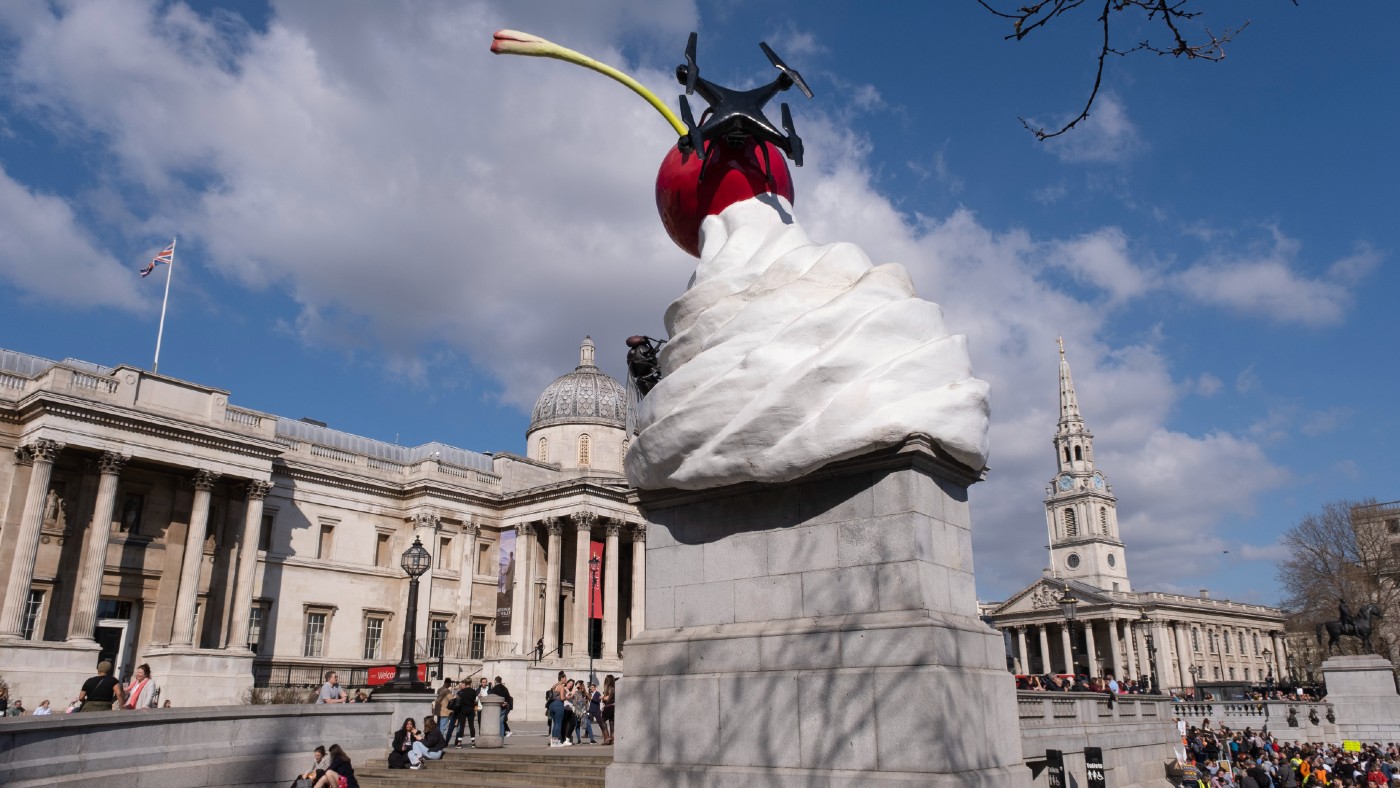 The Turner Prize 2022: a ‘vintage’ shortlist?
The Turner Prize 2022: a ‘vintage’ shortlist?Speed Read All four artists look towards ‘growth, revival and reinvention’ in their work
-
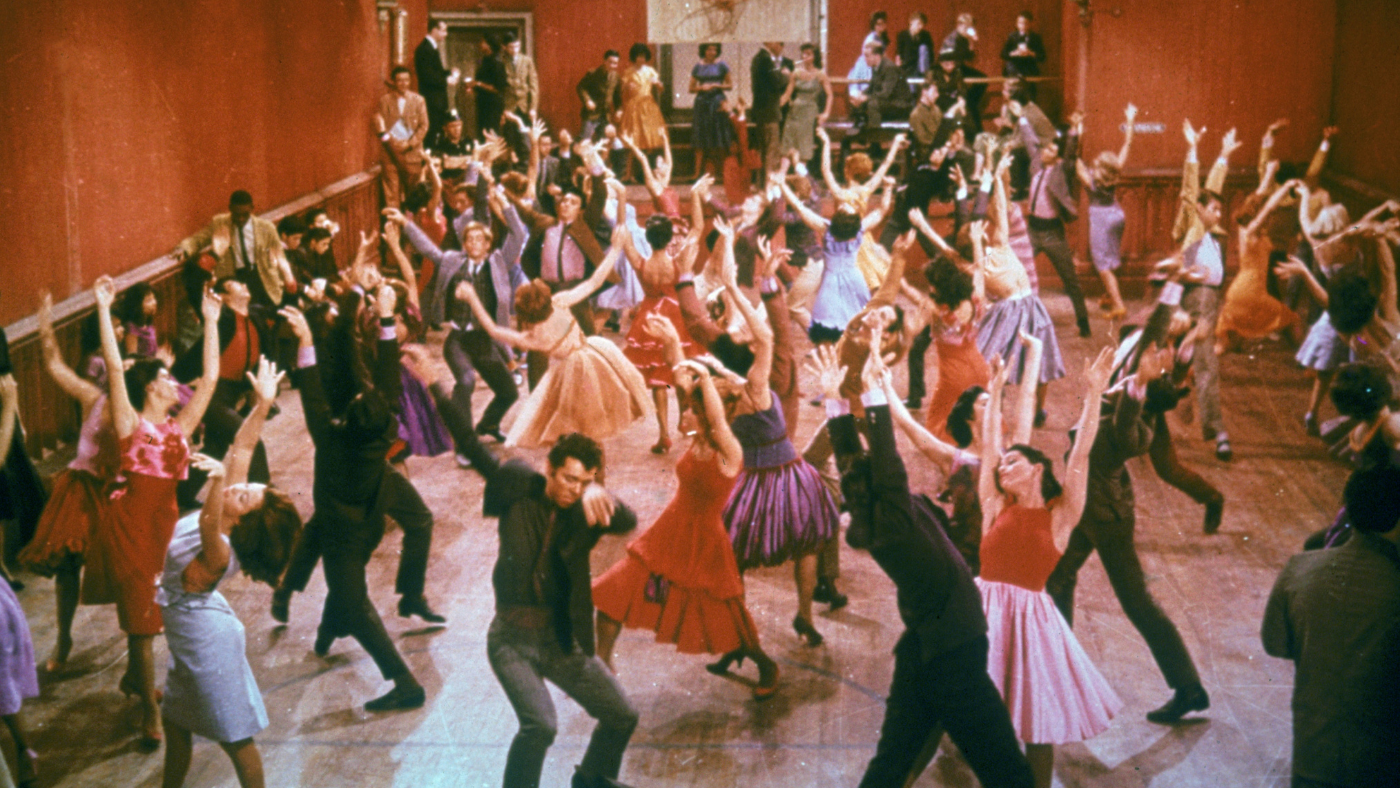 What’s on TV this Christmas? The best holiday television
What’s on TV this Christmas? The best holiday televisionSpeed Read From films and documentaries to musicals for all the family
-
 Coco vision: up close to Chanel opticals
Coco vision: up close to Chanel opticalsSpeed Read Parisian luxury house adds opticals to digital offering
-
 Abba returns: how the Swedish supergroup and their ‘Abba-tars’ are taking a chance on a reunion
Abba returns: how the Swedish supergroup and their ‘Abba-tars’ are taking a chance on a reunionSpeed Read From next May, digital avatars of the foursome will be performing concerts in east London
-
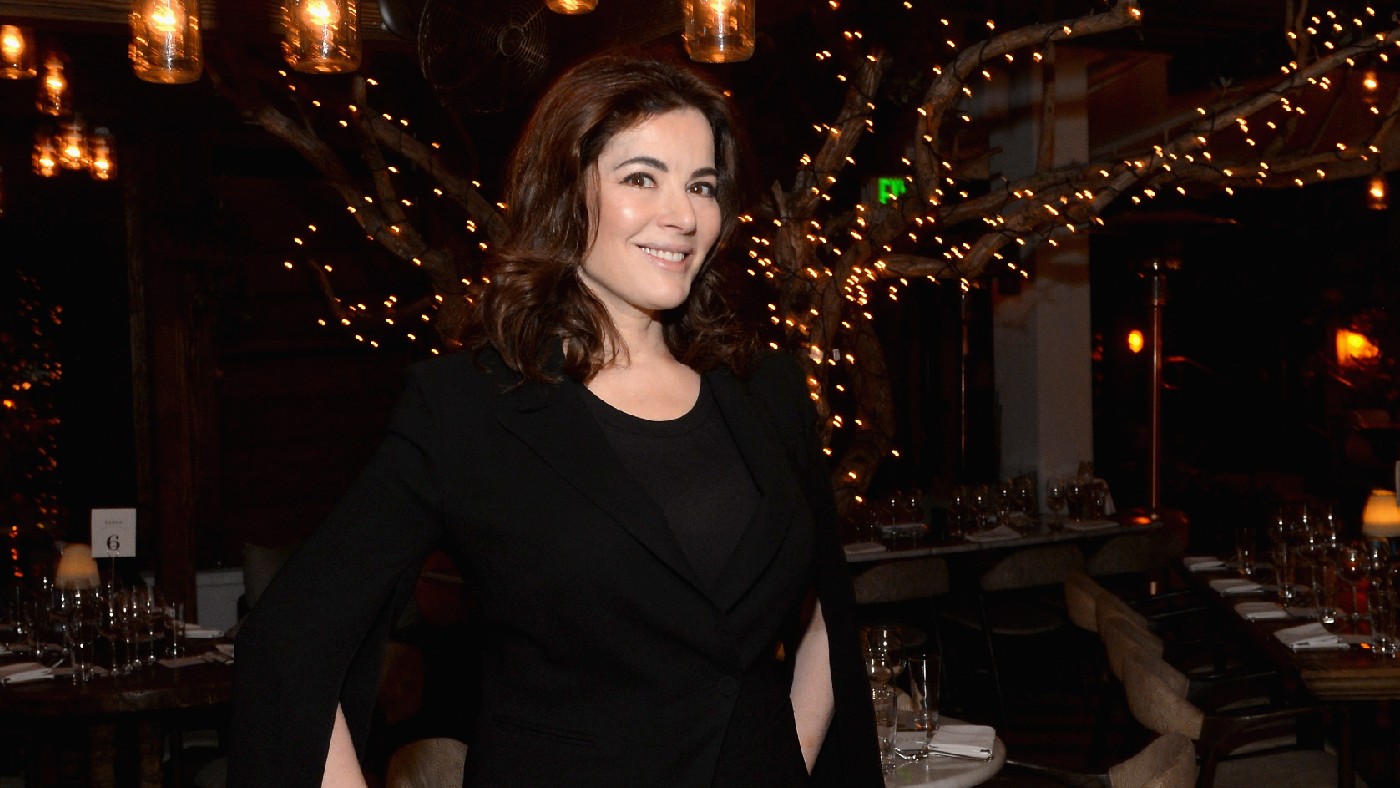 ‘Turning down her smut setting’: how Nigella Lawson is cleaning up her recipes
‘Turning down her smut setting’: how Nigella Lawson is cleaning up her recipesSpeed Read Last week, the TV cook announced she was axing the word ‘slut’ from her recipe for Slut Red Raspberries in Chardonnay Jelly


